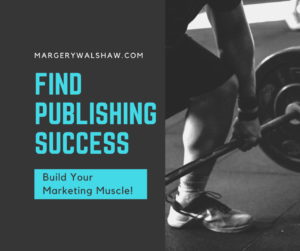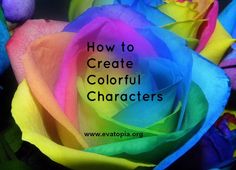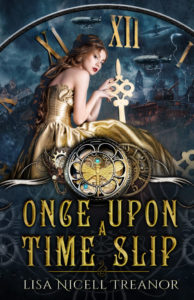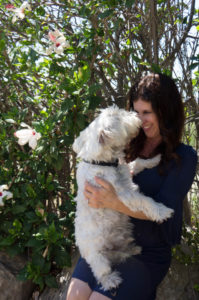 Indie authors have long known that when they type the words “the end” their job is only half-way finished. Authors can no longer sit back and wait for book sales. Find publishing success and build your marketing muscle.
Indie authors have long known that when they type the words “the end” their job is only half-way finished. Authors can no longer sit back and wait for book sales. Find publishing success and build your marketing muscle.
How many jobs can one person handle?
Chances are you wake, prepare breakfast for yourself and possibly others, go to work, workout, work around the house, work in the garden, spend time with family, and maybe, just maybe there’s a bit of extra time to do your writing. But if you sacrifice writing time for marketing time, your book slate might suffer. If you don’t market, your book sales could suffer.
I recommend that authors understand the different jobs associated with how you build marketing muscle for publishing success, and then decide which ones to take on and which ones to pass along to a professional. If you understand the basics, you can make informed choices on who to trust with your book as well as whether it’s worth spending money to save yourself time.
Publishing Success…If You Tell Them, They Will Buy
In my many years of working with authors, I have learned a truth about book marketing that still surprises me to this day. It’s what I call the “Field of Dreams” aspect of marketing. Similar to that movie’s famous line, “If you build it, they will come,” book marketing oftentimes carries the “if you tell them, they will buy” sensibility. I’ve always believed in a soft sell approach. And yet, I know that marketing means telling people about my book. But there are clever ways to market your book.
“Pull Quotes” Pack a Punch
As I write my fiction (under the pen name Mia Fox), I might notice a line of dialogue and happily think that I nailed it. I created something that will resonate with my romance readers. Perhaps I do a little happy dance, thanking the stars that writers’ block didn’t strike, but more likely, I make a note of this sentence in a separate document. These notes will become pull quotes. I recommend using an online graphic tool such as Canva to create interesting graphics featuring your quotes that can be posted on social media.
Your Own Book Contains Creative Marketing Ideas
You’ve probably tried a few book marketing tactics already. Perhaps reducing the price of a book, running a contest, advertising on one of your social media platforms…you know, the types of campaigns we’ve all run. But how successful can a campaign be if everyone is doing it?
In addition to these methods, look within your own book for ideas. Does your main character have a hobby? Do the characters eat at a particular restaurant? Do they live in a well-known town that offers special tourist attractions? These are all aspects of your book that can be expanded upon.
One of my most successful marketing campaigns was for my book, Malibu Angel. I sent out a newsletter pre-release that showcased the beauty of this well-known beach in a pictorial layout. I included articles about restaurants in the area, celebrity sightings, and must-see shops. These details weren’t mentioned in this paranormal romance book, but they served to elaborate on the setting and give some “behind the scenes” details.
Create Receptive Marketing Campaigns
Best of all, it gave me a way of talking about my book without the obvious plea to buy my book.
Let the details and descriptions sell your book.
To me, marketing is most effective when your target audience is receptive to what you want to sell.
Selling isn’t easy. Build marketing muscle. Take the time to spice up your campaigns with creativity, suddenly you’ll enjoy the process and your readers will reward you. It does take time and there’s no shame in hiring someone to do the marketing for you, or at least to create the template for your campaign.
What you must remember, whether you are doing the work or hiring someone to do it for you, make your campaigns resonate with authenticity. Ensure that your marketing campaign is appropriate for your book’s genre. And finally, never let your writing fall by the wayside.
 What’s better? To be a jack of all trades or to specialize in a particular skill? Naturally, there are arguments for either choice depending upon the circumstance. Let’s say you’re an athlete and have suffered torn cartilage in your knee; you’ll want to consult with an orthopedic surgeon. After all, they’re experts at what they do. So why is it as authors, we don’t seek out experts? Should authors do it all?
What’s better? To be a jack of all trades or to specialize in a particular skill? Naturally, there are arguments for either choice depending upon the circumstance. Let’s say you’re an athlete and have suffered torn cartilage in your knee; you’ll want to consult with an orthopedic surgeon. After all, they’re experts at what they do. So why is it as authors, we don’t seek out experts? Should authors do it all? When you publish on Amazon, you choose keywords — seven to be exact — to help consumers find your book. Did you know that the manner in which you combine those keywords has a dramatic effect on
When you publish on Amazon, you choose keywords — seven to be exact — to help consumers find your book. Did you know that the manner in which you combine those keywords has a dramatic effect on 


 How do you make your book standout from the crowd?
How do you make your book standout from the crowd?
